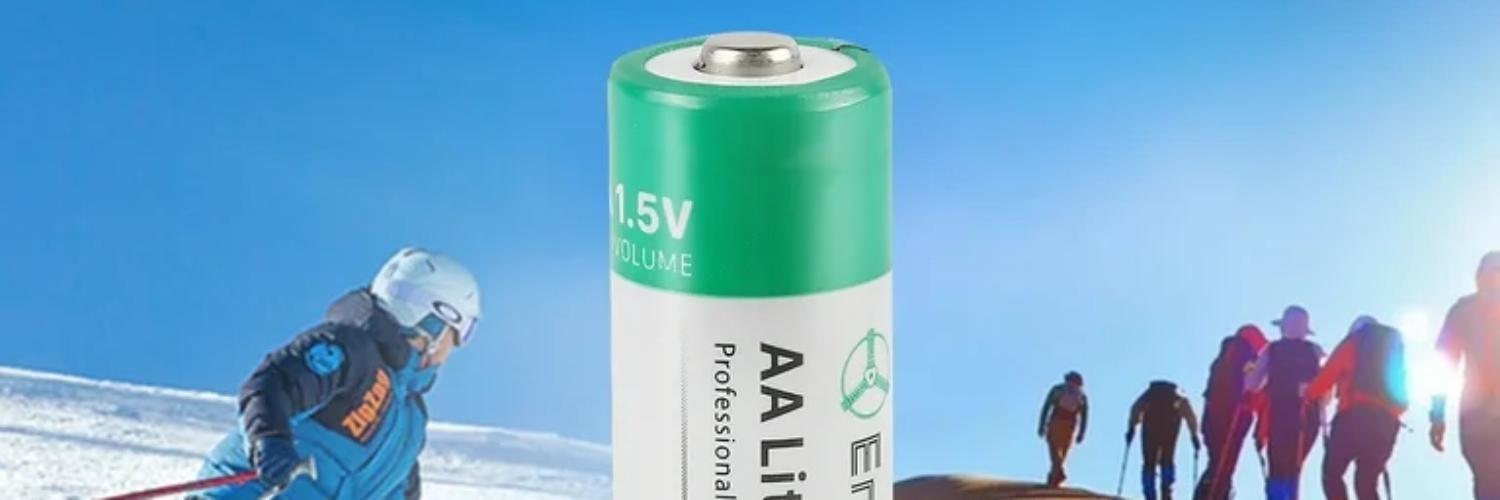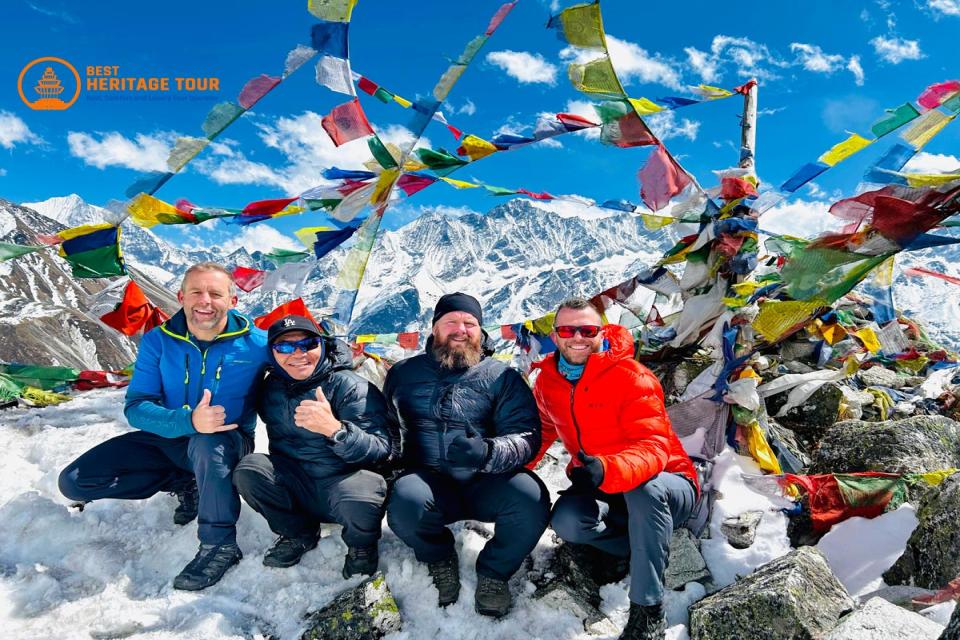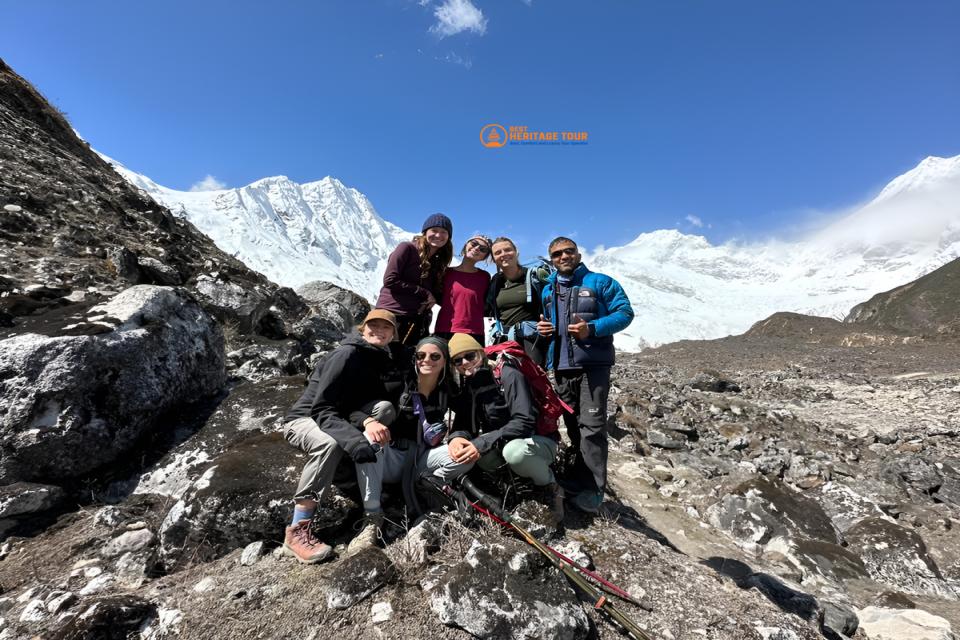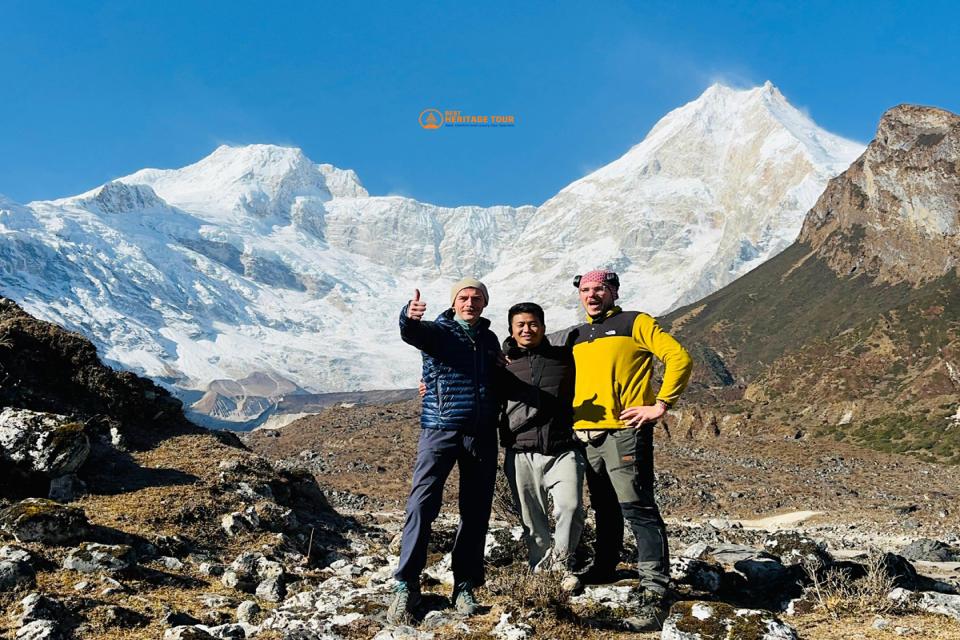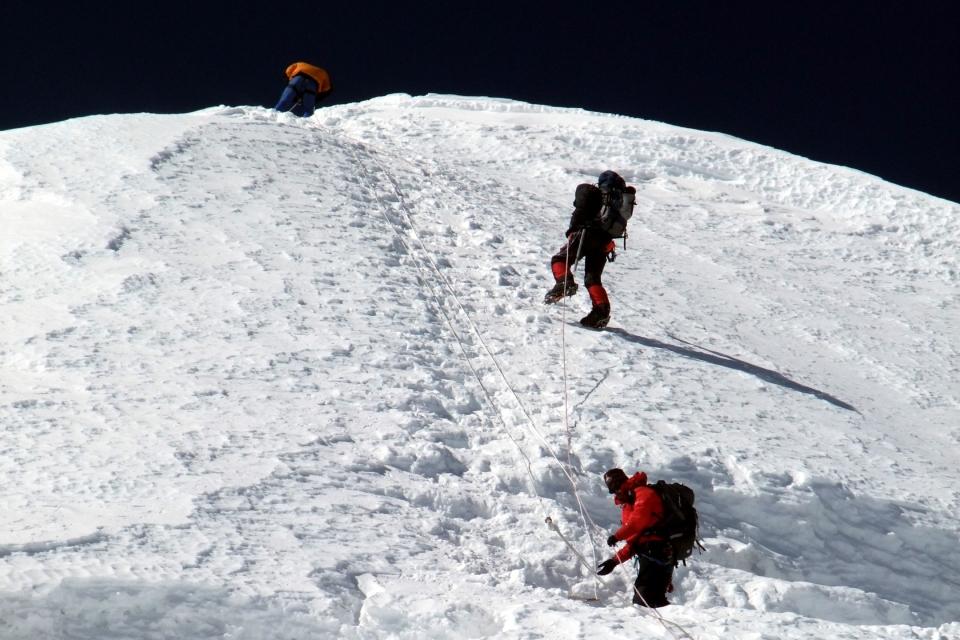Imagine trekking through the Annapurna Circuit or Everest Base Camp. The air is crisp, snow glistens on the mountains, and you pause to capture the perfect photo. You press the shutter - and nothing happens. Your camera’s battery just died. In sub-zero Himalayan temperatures, this is a common problem for trekkers and photographers. Even fully charged batteries can drain unexpectedly fast, leaving you without power for cameras, GPS devices, or smartphones at crucial moments.
Understanding why batteries fail in the cold and how to prevent it can make the difference between a seamless trek and constant frustration.
Why Cold Drains Batteries So Fast
Batteries rely on chemical reactions to produce power. Cold temperatures slow down these reactions, reducing voltage and available current.
-
Lithium-ion batteries: Most modern trekking gear uses Li-ion batteries, which are sensitive to temperatures below 0°C. Their capacity can drop by 30-50% in freezing conditions.
-
Voltage drop: Devices may show “low battery” warnings even when fully charged.
-
Recharging issues: Cold batteries take longer to recharge, and charging some batteries in sub-zero can damage them.
This is why even experienced trekkers find themselves scrambling for power halfway through a day’s hike in the Himalayas.
Common Mistakes Trekkers Make
-
Leaving batteries exposed to the cold: Many trekkers store spare batteries in outer backpack pockets. This exposes them to freezing temperatures and accelerates drainage.
-
Using devices continuously: Continuous GPS or camera usage without breaks increases the cold’s impact on batteries.
-
Charging in cold environments: Plugging in a cold battery to a charger can reduce its lifespan or even cause permanent damage.
-
Neglecting spare batteries: Some trekkers rely on a single battery, not realizing it may last only half as long as normal in cold weather.
Avoiding these mistakes is the first step toward effective battery management.
Practical Strategies to Manage Battery Life
1. Keep Batteries Warm
-
Store spare batteries inside your inner jacket or close to your body to use your body heat as insulation.
-
Rotate batteries between camera and pocket to maintain warmth.
2. Use Insulated Bags or Pouches
-
Thermal camera bags and insulated pouches help maintain a stable temperature for gear.
-
Even wrapping batteries in a microfiber cloth or small pouch can prevent rapid cooling.
3. Limit Continuous Use
-
Turn off cameras, GPS devices, or smartphones when not actively in use.
-
Reduce screen brightness or disable power-draining apps.
4. Pack Extra Batteries
-
Always carry multiple fully charged spares.
-
Store them in insulated pockets rather than backpacks exposed to wind or snow.
5. Smart Charging Practices
-
Charge batteries indoors or in warm shelters.
-
Allow cold batteries to reach room temperature before plugging into chargers.
6. Device-Specific Tips
-
DSLR/Mirrorless cameras: Reduce LCD usage, use viewfinder more to save power.
-
Action cameras: Use low-resolution video or interval shooting instead of continuous recording.
-
Smartphones/GPS devices: Carry external power banks insulated from the cold.
Recommended Gear & Accessories
-
Thermal camera pouches: Keeps devices warm during breaks.
-
Hand warmers: Small, chemical heat packs can be stored alongside batteries.
-
High-capacity batteries: Some Li-ion brands perform slightly better in cold.
-
Multi-battery holders: Allows easy rotation between active and spare batteries.
Quick Reference / Checklist
-
Keep batteries warm inside inner layers.
-
Rotate batteries regularly.
-
Limit continuous device use.
-
Pack multiple spares.
-
Charge only in warm environments.
-
Use insulated camera bags or pouches.
-
Carry hand warmers near batteries if needed.
-
Reduce power-hungry settings on cameras and devices.
Conclusion: Power Your Trek in the Himalayas
Managing battery life in cold conditions is essential for a safe, enjoyable, and photographically rewarding trek in the Himalayas. With careful preparation, insulated storage, smart usage, and guidance from experienced professionals, you can avoid the frustration of dead devices in the middle of your adventure.
At Best Heritage Tour, we provide expert trekking guidance, including practical tips for managing electronics in extreme conditions, so your gear and devices perform flawlessly. Whether trekking the Annapurna Circuit, Everest Base Camp, or other Himalayan trails, we ensure your adventure is safe, comfortable, and well-planned.
Phone / WhatsApp / Viber: +977‑9851149197 / +977‑9810043046
Email: info@bestheritagetour.com / bestheritagetour@gmail.com
Website: www.bestheritagetour.com
Office: Thamel Marg, Kathmandu, Nepal
Author: Best Heritage Tour
Date: 30th October, 2025

